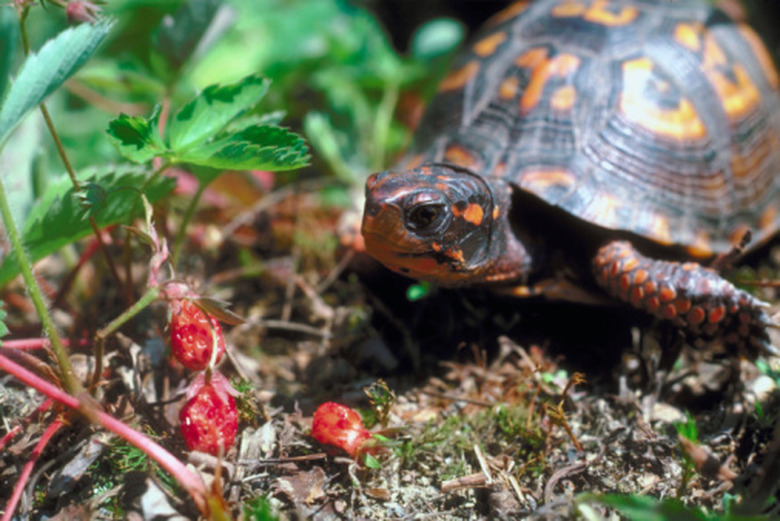How To Identify Texas Wild Berries
Things Needed
- "Toxic Plants of Texas," by Charles R. Hart, Tom Garland, Catherine Barr, Bruce B. Carpenter and John C. Reagor; July 28, 2010
- "Poison Prevention Guide Brochure," by the Texas Poison Center Network
- Gloves
Texas plants and wildflowers are some of the most colorful and diverse in the continental United States. Growing in open fields, shrubbery and dense forests, the berries of these plants can be both beautiful and deadly. Identifying wild berries is a practical skill, but there are no simple rules to follow, such as a certain color indicating the berry is poisonous. Berries must be identified individually. You will find guidebooks helpful for identification.
Step 1
Place gloves on both hands. While most berries are safe to handle, some can cause slight to severe skin irritation, like the red berries of the daphne shrub.
- Texas plants and wildflowers are some of the most colorful and diverse in the continental United States.
- Identifying wild berries is a practical skill, but there are no simple rules to follow, such as a certain color indicating the berry is poisonous.
Step 2
Determine if the berry is red. Edible red berries include the wild strawberry and agarita. Poisonous red berries grow on daphne shrubs or yew plants, which are evergreen shrubs with an ashy green color, and can be fatal if ingested. Use your guidebooks to identify the plant and the berry.
Step 3
Distinguish if the berry is black. Blackberries are non-poisonous and grow on perennial vines near the Texas Gulf coast. Jasmine plants, which are shrubs or vines, have ornamental black berries that cause digestive problems and death. Similarly, the nightshade, a shrub that grows in open fields, has a black, shiny berry that is deadly.
- Determine if the berry is red.
- Poisonous red berries grow on daphne shrubs or yew plants, which are evergreen shrubs with an ashy green color, and can be fatal if ingested.
Step 4
Determine if the berry is blue. Ashe juniper berries are safe to eat, and are used for flavoring soups or teas. Farkleberries, growing mostly in central Texas, appear very similar to blueberries and are safe to eat.
Step 5
Determine if the berry is green. The red sage, a lantana that thrives in the moderate Texas climate, and mistletoe plant, found in wooded areas, produce green berries during gestation. Both are typically fatal if ingested.
Warning
The yew berry, an evergreen shrub with ornamental scarlet berries, is so deadly that no symptoms accompany poisoning, only sudden death. Upon encountering wild plants with berries, do not taste them. Check with horticulture specialist for identification.

